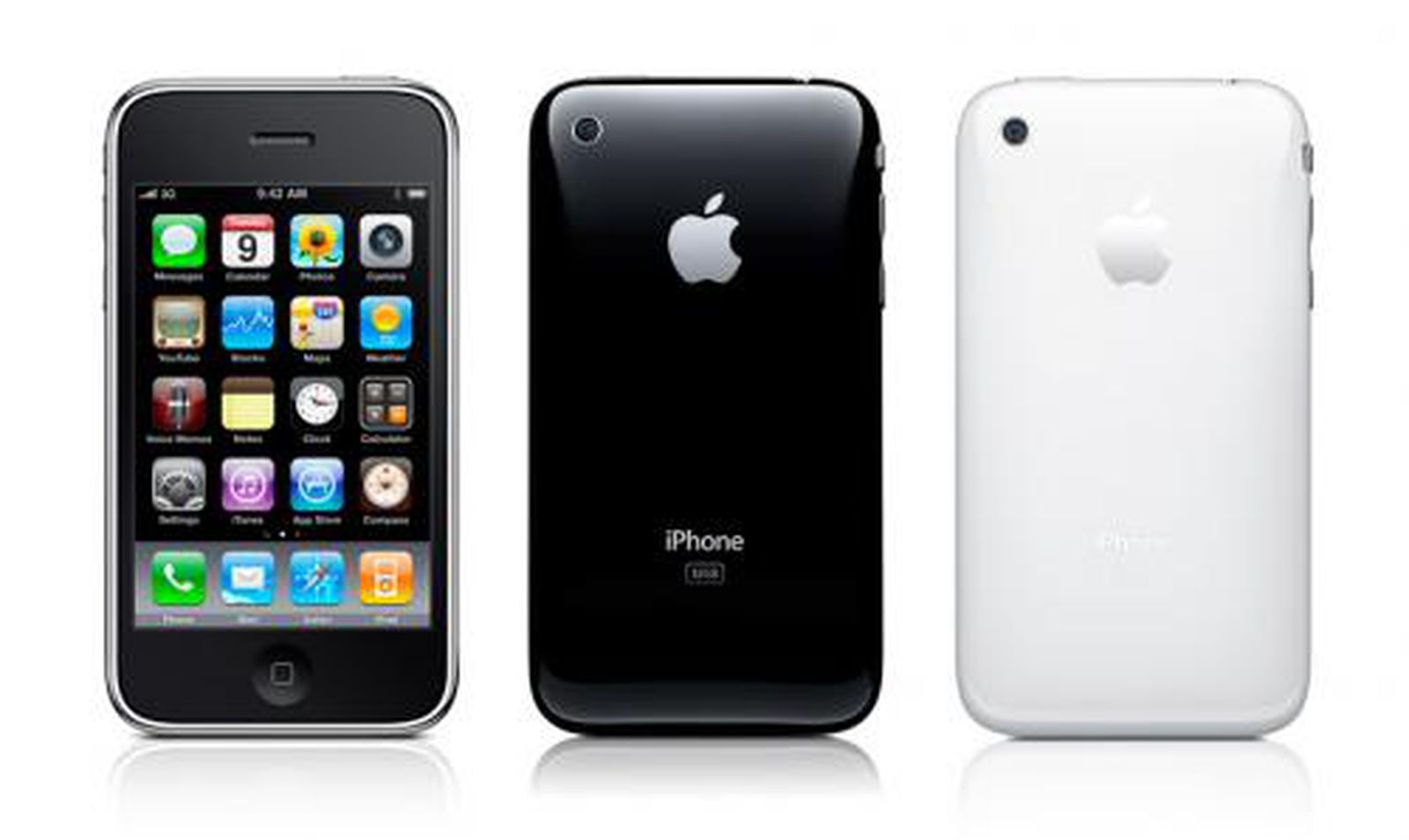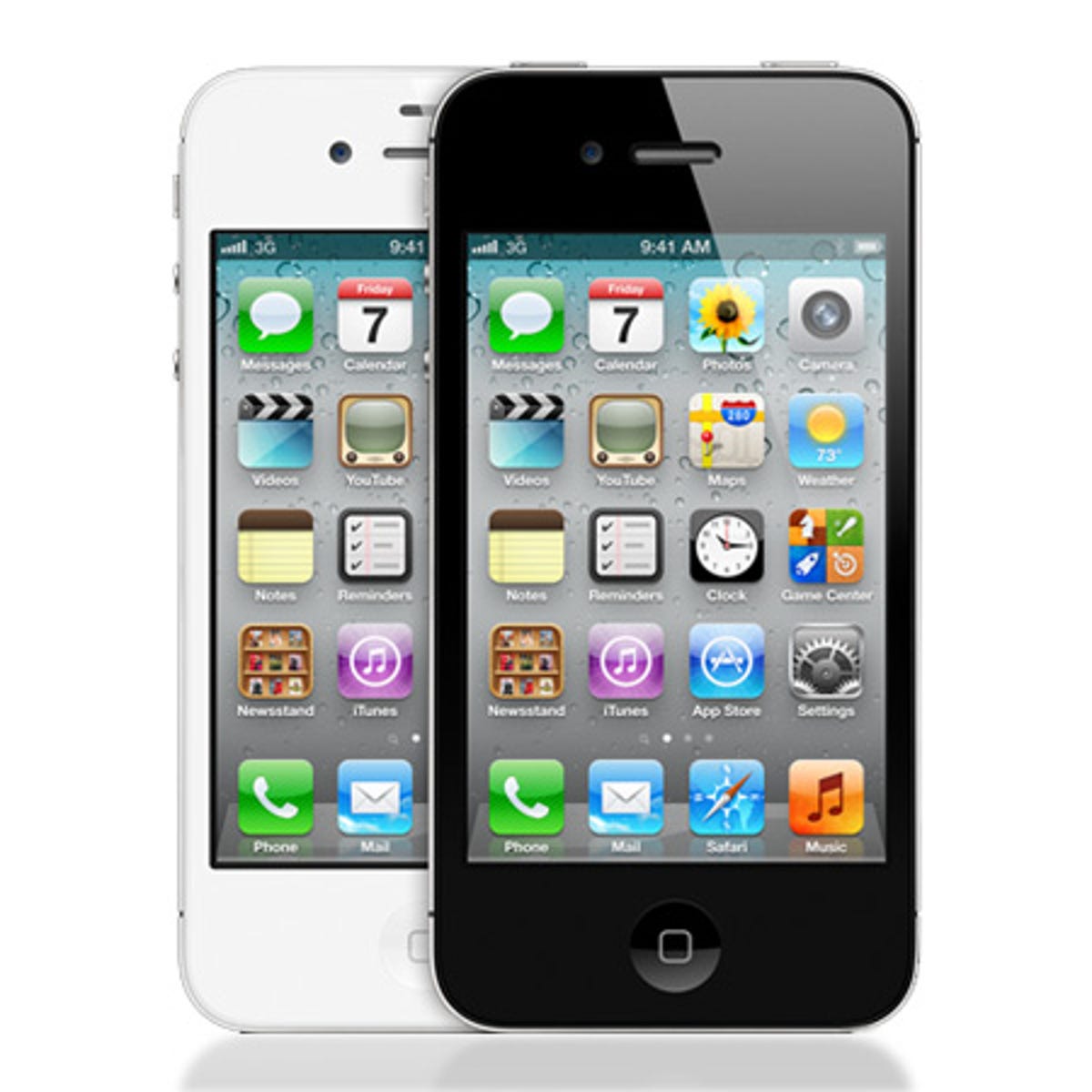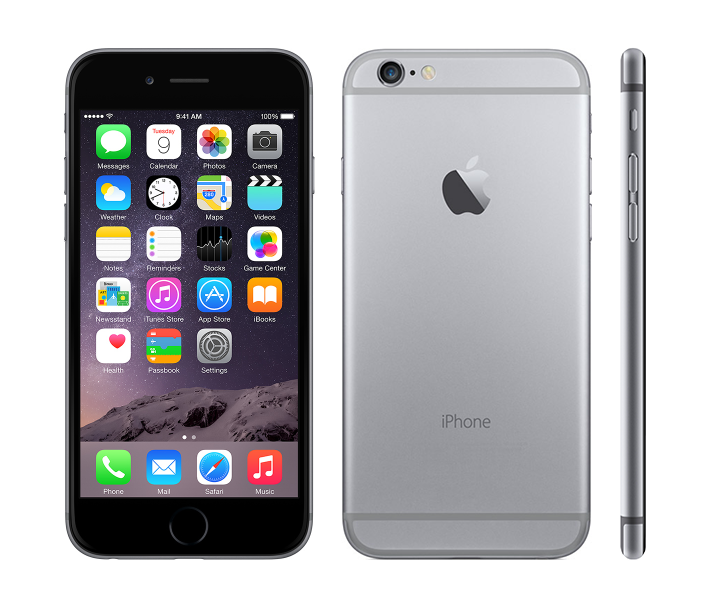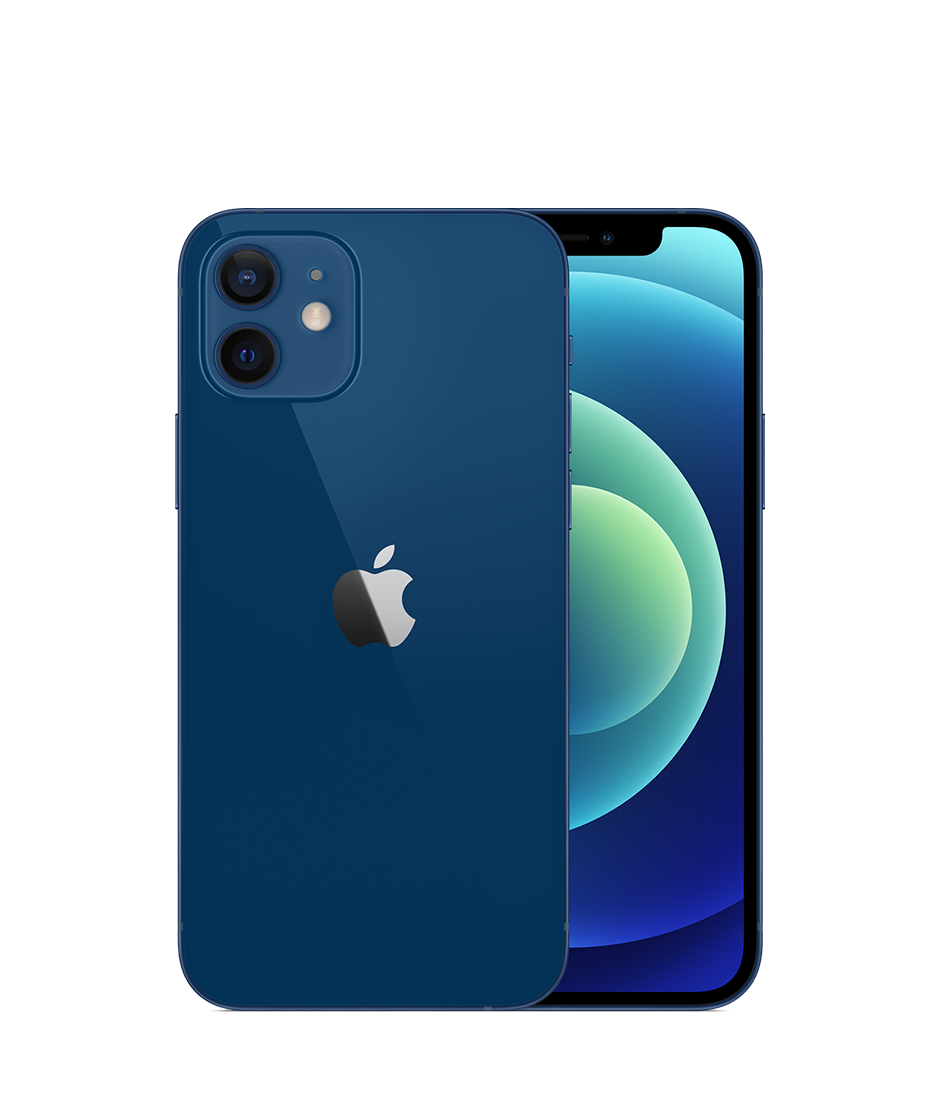On January 9, 2007, Apple CEO Steve Jobs finally revealed the first iPhone following months of speculations and conjecture.
Introduction:
Apple has been a pioneer in the computer and smartphone industries ever since its founding in 1976. The business is a pioneer in the development of personal computers, exclusive operating systems, and aesthetically pleasing phone models.
Since the release of Apple I, the business was successful in its field. Steve Jobs and Steve Wozniak formed it.
Subsequently, despite the highs and lows, they didn’t turn around. Furthermore, in August 2018, Apple (AAPL) attained a market capitalization of $1 trillion, making it the first publicly traded firm to do so.
Apple held a virtual event to introduce the iPhone 12 on October 13, 2020. We made the decision to review every iPhone that Apple has released in the midst of the clamor and intense excitement of iPhone owners.
Since the iPhone’s launch in 2007, it has continuously advanced significantly. Let’s review the lineup of iPhones that were released and examine how the brand’s flagship phone changed over time.
iPhone (2007)
Apple unveiled the first iPhone at Macworld 2007, hosted in San Francisco, declaring that this phone would transform the mobile phone industry .The plastic keyboard that was common in mobile phones at the time was absent from the first phone. Making such a bold decision is undoubtedly admirable!

In his keynote speech, Steve Jobs referred to it as a revolutionary phone.
“I have been anticipating this day for the past 2.5 years. One is exceedingly fortunate if they get to work on even one of them in their career. Every so often, a breakthrough product comes along those changes everything, and Apple has undoubtedly been one of those companies.
Apple has experienced great luck. It has introduced some of them into the world.
iPhone 3G (2008)
The next phone was the iPhone 3G. Where was the iPhone 2? It seems that Apple wanted to highlight 3G technology in the new iPhone.
At Apple’s Worldwide Developers Conference in June. 9 2008, Steve Jobs, again in his black turtleneck, introduced the new iPhone 3G.

This time indeed Apple came with the tagline of “Twice as Fast at Half the Price.” They keep the price bar low but also accelerate the internet speed with 3G. Moreover, the phone had built-in GPS for expanded location-based mobile services, and it also had iPhone 2.0 iOS software, which in turn adds support for Microsoft Exchange ActiveSync. The iPhone 3G came up with a chipset SFL8900 and a TFT display of 320 x 480 pixels.
iPhone 3GS (2009)
Apple introduced the iPhone 3GS, significantly which was two times faster than the iPhone 3G, right after the iPhone 3G.
Again, at the Worldwide Developers Conference on June 8, 2009, Apple announced the third iPhone model.

The new iPhone 3GS was introduced by Phil Schiller, who was at the time Senior Vice President of Worldwide Product Marketing. He stated:
“This is the quickest and most powerful iPhone ever produced, with incredible technology and software that works together. Wouldn’t it be nice to be able to call friends and family just by speaking into your phone?”
iPhone 4 (2010)
Apple released the iPhone 4, its fourth phone, on June 7, 2010. The most recent phone at the time had FaceTime and a Retina display that allowed for high-definition displays and video calls. The iPhone’s 5 MP camera outperformed its forerunners, and it introduced a front camera with 0.3 Mega Pixels for the first time.

Interestingly, the iPhone introduced the thinnest body made of glass and stainless steel, making it the thinnest mobile phone at the time. The iPhone 4 includes iOS 4, the most recent version of the mobile operating system, which featured 1500 new APIs for developers.
iPhone 4S (2011)
The iPhone 4S was the first phone released following Steve Jobs’ resignation. It debuted on October 4, 2011. The dual-core A5 CPU from Apple, 1080p full HD video recording, and Siri were all included in the iPhone 4’s features list.

iPhone 5 (2012)
Apple has crammed a remarkable amount of innovation and cutting-edge technology into a small and light, jewel-like tablet with a gorgeous 4-inch Retina display, blazing-fast A6 chip, ultrafast wireless, and even longer battery life; we think customers are going to love it.

iPhone 5S & iPhone 5C (2013)
For the first time ever, Apple released two identically sized iPhones in the same year. The iPhone 5c was released with the goal of giving people a cost-effective, premium phone. The iPhone 5s was merely the iPhone 5’s successor.

On September 16, 2013, a statement was made. The iPhone 5s has an Apple A7 64-bits chip, an 8-megapixel camera with True Tone Flash, and a Touch ID fingerprint scanner built into the home button that enables one-touch phone unlocking.
iPhone 6 and iPhone 6 Plus (2014)
The iPhone 6 has the best customer satisfaction rate in the business and is the most popular smartphone of the iPhone series. Apple is constantly improving it. Customers are going to love it because, uniquely, in addition, only Apple can seamlessly integrate the best hardware, software, and services at this unparalleled level.

iPhone 6S and iPhone 6S Plus (2015)
With the iPhone 6s and iPhone 6s Plus, everything has changed, including the groundbreaking Live Photos feature, which allows for whole new and entertaining ways for customers to interact with their iPhones.

iPhone 7 and iPhone 7 Plus
The new, specially created Apple A10 Fusion chip served as the foundation for the iPhone 7 and iPhone 7 Plus. It operates up to twice as quickly as an iPhone 6. The updated iOS 10 was included with the iPhone 7 and iPhone 7 Plus.

A significant upgrade to messages introduced by iOS 10 ensures dynamic methods to message your contacts. Additionally, the iPhone 7 Plus includes a dual camera with optical zoom.
iPhone 8 and iPhone 8 Plus
On September 12, 2017, the new iPhone 8 and iPhone 8 Plus were unveiled. The phones were equipped with Apple’s A11 Bionic Chip, which enables mobile augmented reality.

The iPhone 8 Plus introduced Portrait mode with Portrait Lighting and twin 12-megapixel cameras. It gave the iPhone spectacular effects. Wireless charging was made possible in both models thanks to the glass backs of the phones.
iPhone X (2017)
Constructed with a 70% faster A11 Bionic chip than the A10 Fusion. Starting at $999, the 64GB and 256GB silver and space grey variants of the iPhone X were offered.

iPhone XS and iPhone XS Max (2018)
The price of the 64GB, 256GB, and 512GB variants of the iPhone XS and iPhone XS Max were between $999 and $1,099.
iPhone 11 (2019)
2019 saw the release of Apple’s iPhone 11, which was offered in 6 different hues. Apple claims that iOS 13 and the A13 Bionic combined provide the best machine learning foundation for the iPhone 11.

It includes built-in water resistance with an IP68 rating that extends to a depth of two meters for up to 30 minutes. However, iOS 13 for the iPhone 11 features a new appearance with Dark mode and a completely new map experience.
iPhone 11 Pro & iPhone 11 Pro Max (2019)
Apple debuted a 5.8-inch Super Retina XDR display with three 12 MP HDR camera lenses on the iPhone 11 Pro. These offer telephoto along with tele wide and wide-angle lenses.
The dynamic A13 Bionic chip, which was indeed built by Apple, provides unmatched speed for every activity while maintaining battery life throughout the day.
iPhone 12 & iPhone 12 mini (2020)
With iOS 14.1, Apple debuted iPhone 12 models with 5G’s ground-breaking speed. The consumers of this ultra-fast technology have been waiting patiently.

The most cutting-edge dual camera system, computational photography features, and the greatest quality video in their smartphone are all part of the A14 Bionic, which was built by Apple and is the quickest chip in a smartphone.
iPhone 13, iPhone 13 mini, iPhone 13 Pro and iPhone 13 Pro max
The series, which debuted in 2021, had very minor advancements such the A15 bionic chip, better cameras, longer battery life, and a narrower notch.

iPhone 14, 14 Plus, 14 Pro and 14 Pro max
The most recent iPhone series was unveiled on September 16, 2022. The models emphasized safety-related factors more.
A16 Bionic chipset, new dual camera system, SOS via satellite, and accident detection were among the changes.

Conclusion:
Apple’s guiding principle indeed when it begins to distribute iPhones is “Apple reinvents the phone.” The late Steve Jobs, infact, frequently emphasized the iPhone’s innovative design and user-friendly interface in his keynote speeches.
The newest iPhone models furthermore, demonstrate that Apple has not abandoned its original principles. Apple needs to reexamine the pricing of its flagship phones while maintaining its commitment to the company’s mission.






